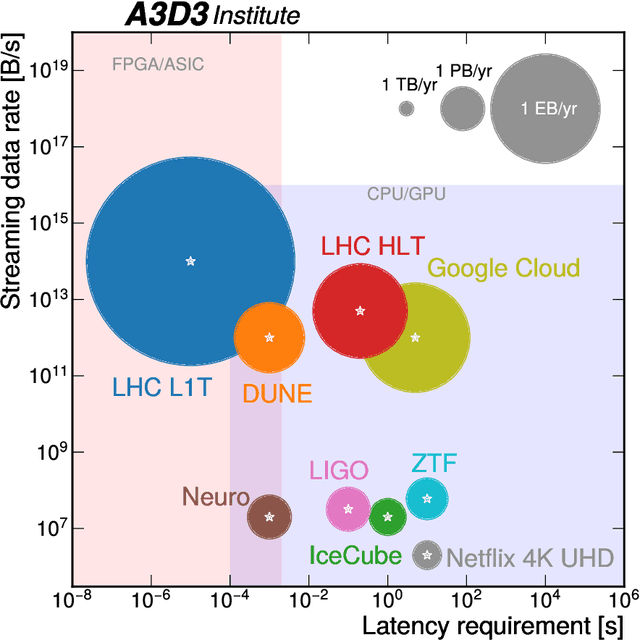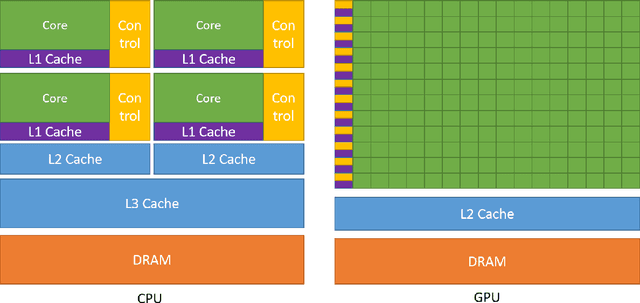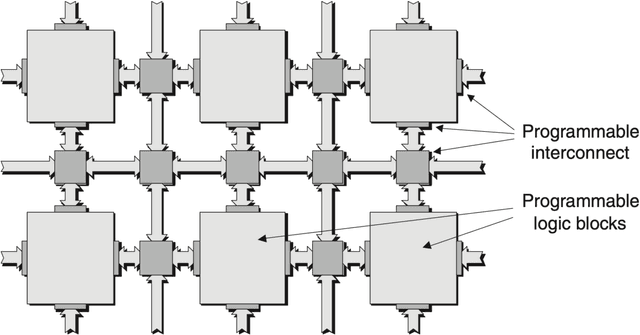Yongbin Feng
Structural Re-weighting Improves Graph Domain Adaptation
Jun 05, 2023Abstract:In many real-world applications, graph-structured data used for training and testing have differences in distribution, such as in high energy physics (HEP) where simulation data used for training may not match real experiments. Graph domain adaptation (GDA) is a method used to address these differences. However, current GDA primarily works by aligning the distributions of node representations output by a single graph neural network encoder shared across the training and testing domains, which may often yield sub-optimal solutions. This work examines different impacts of distribution shifts caused by either graph structure or node attributes and identifies a new type of shift, named conditional structure shift (CSS), which current GDA approaches are provably sub-optimal to deal with. A novel approach, called structural reweighting (StruRW), is proposed to address this issue and is tested on synthetic graphs, four benchmark datasets, and a new application in HEP. StruRW has shown significant performance improvement over the baselines in the settings with large graph structure shifts, and reasonable performance improvement when node attribute shift dominates.
Physics Community Needs, Tools, and Resources for Machine Learning
Mar 30, 2022



Abstract:Machine learning (ML) is becoming an increasingly important component of cutting-edge physics research, but its computational requirements present significant challenges. In this white paper, we discuss the needs of the physics community regarding ML across latency and throughput regimes, the tools and resources that offer the possibility of addressing these needs, and how these can be best utilized and accessed in the coming years.
 Add to Chrome
Add to Chrome Add to Firefox
Add to Firefox Add to Edge
Add to Edge